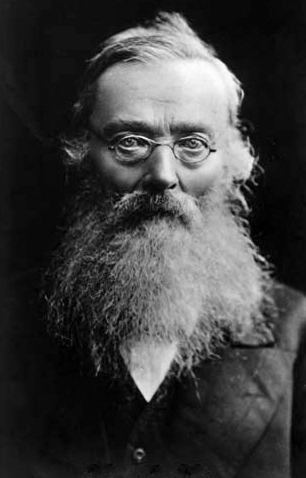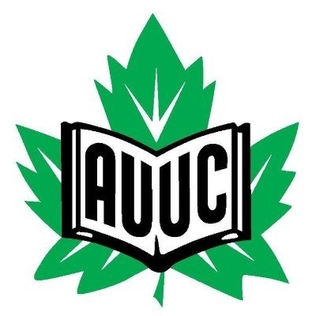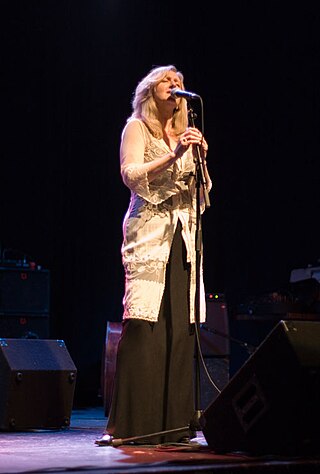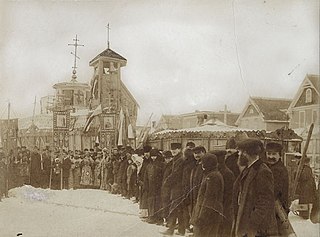Related Research Articles

The University of Manitoba is a public research university in Winnipeg, Manitoba, Canada. Founded in 1877, it is the first university of Western Canada. Both by total student enrolment and campus area, the University of Manitoba is the largest university in the province of Manitoba. Its main campus is located in the Fort Garry neighbourhood of Winnipeg, with other campuses throughout the city: the Bannatyne Campus, the James W. Burns Executive Education Centre, the William Norrie Centre, and the French-language affiliate, Université de Saint-Boniface in the Saint Boniface ward.

The University of Winnipeg is a public research university in Winnipeg, Manitoba, Canada. It offers undergraduate programs in art, business, economics, education, science and applied health as well as graduate programs. UWinnipeg's founding colleges were Manitoba College and Wesley College, which merged to form United College in 1938. The University of Winnipeg was established in 1967 when United College received its charter.

German Canadians are Canadian citizens of German ancestry or Germans who emigrated to and reside in Canada. According to the 2016 census, there are 3,322,405 Canadians with full or partial German ancestry. Some immigrants came from what is today Germany, while larger numbers came from German settlements in Eastern Europe and Imperial Russia; others came from parts of the German Confederation, Austria-Hungary and Switzerland.

Ukrainian Canadians are Canadian citizens of Ukrainian descent or Ukrainian-born people who immigrated to Canada.

Mykola Ivanovych Kostomarov or Nikolai Ivanovich Kostomarov was one of the most distinguished Russian–Ukrainian historians, one of the first anti-Normanists, and the father of modern Ukrainian historiography. He was a professor of Russian history at the St. Vladimir University of Kiev and later at the St. Petersburg University, an Active State Councillor of Russia, an author of many books, including his biography of Bohdan Khmelnytsky, research on Stepan Razin, and his fundamental three-volume Russian history in the biographies of its most important figures.
Jaroslav-Bohdan Antonovych Rudnyckyj was a Ukrainian-Canadian linguist and lexicographer with a specialty in etymology and onomastics, folklorist, bibliographer, travel writer, and publicist.

William Kurelek, was a Canadian artist and writer. His work was influenced by his childhood on the prairies, his Ukrainian-Canadian roots, his struggles with mental illness, and his conversion to Roman Catholicism.
Canadian Ukrainian is a dialect of the Ukrainian language specific to the Ukrainian Canadian community descended from the first three waves of historical Ukrainian emigration to Western Canada. Canadian Ukrainian was widely spoken from the beginning of Ukrainian settlement in Canada in 1892 until the mid-20th century, when the number of its speakers started gradually declining.

The Ukrainian Cultural and Educational Centre —also known as Oseredok —is a museum, gallery, and library in Winnipeg, Manitoba, celebrating the Ukrainian Canadian community. It is the largest Ukrainian cultural institution of its kind in Canada.

Mary Helen Creighton, CM was a prominent Canadian folklorist. She collected over 4,000 traditional songs, stories, and beliefs in a career that spanned several decades, and she published many books and articles on Nova Scotia folk songs and folklore. She received numerous honorary degrees for her work and was made a Member of the Order of Canada in 1976.

Archie Green was an American folklorist specializing in laborlore and American folk music. Devoted to understanding vernacular culture, he gathered and commented upon the speech, stories, songs, emblems, rituals, art, artifacts, memorials, and landmarks which constitute laborlore. He is credited with winning Congressional support for passage of the American Folklife Preservation Act of 1976, which established the American Folklife Center in the Library of Congress.
Henry Glassie College Professor Emeritus at Indiana University Bloomington, has done fieldwork on five continents and written books on the full range of folkloristic interest, from drama, song, and story to craft, art, and architecture. Three of his books -- Passing the Time in Ballymenone, The Spirit of Folk Art, and Turkish Traditional Art Today -- were named among the "Notable Books of the Year" by The New York Times. Glassie has won many awards for his work, including the Charles Homer Haskins Prize of the American Council of Learned Societies for a distinguished career of humanistic scholarship. A film on his work, directed by Pat Collins and titled Henry Glassie: Field Work, had its world premiere at the Toronto International Film Festival in 2019.

The Association of United Ukrainian Canadians is a national cultural-educational non-profit organization established for Ukrainians in Canada. With branches throughout Canada it sponsors such cultural activities as dance groups, orchestras, choirs and children's activities, and is involved in social justice and solidarity activities in partnership with other ethnocultural organizations, peace groups, and community organizations.
The University of Manitoba Archives & Special Collections is a department of the University of Manitoba Libraries which holds historical records related to and created by the University of Manitoba. It is also a collector of private records of individuals, families, organizations and businesses. It is located in Winnipeg, Manitoba.

Alexis Kochan is a Ukrainian–Canadian composer and singer. She was born in 1953 in Winnipeg, Manitoba, to Ukrainian immigrants.

The Tin Can Cathedral was the first independent Ukrainian church in North America. It was the heart of the Seraphimite Church. Founded in Winnipeg, it had no affiliation with any church in Europe.
Canadian folklore is the traditional material that Canadians pass down from generation to generation, either as oral literature or "by custom or practice". It includes songs, legends, jokes, rhymes, proverbs, weather lore, superstitions, and practices such as traditional food-making and craft-making. The largest bodies of folklore in Canada belong to the aboriginal and French-Canadian cultures. English-Canadian folklore and the folklore of recent immigrant groups have added to the country's folk.
Ruth Rubin was a Canadian-American folklorist, singer, poet, and scholar of Yiddish culture and music.

Kateryna Mykhaylivna Antonovych was a Ukrainian artist, children's book illustrator and professor of art history. She was active in Ukrainian women's and community organizations.
References
- http://www.canadianencyclopedia.ca/index.cfm?PgNm=TCE&Params=U1ARTU0001862 Robert Klymasz] in the Encyclopedia of Music in Canada
- Article in Ukrainian on "Klymash, Robert Bohdan," in Mykhailo Marunchak, Biohrafichnyi dovidnyk do istorii ukraintsiv Kanady (Winnipeg: Ukrainska Vilna Akademiia Nauk v Kanadi, 1986), page 299.
- Materials on his research trip to Czechoslovakia and Ukraine, based on his personal reminiscences, may be found in the article by Thomas M. Prymak on Oseredok, the Ukrainian Museum and Library in Winnipeg, Manitoba, Canada: https://oseredok.ca/wp-content/uploads/2019/03/A-VISIT-TO-THE-UKRAINIAN-MUSEUM-AND-LIBRARY.pdf